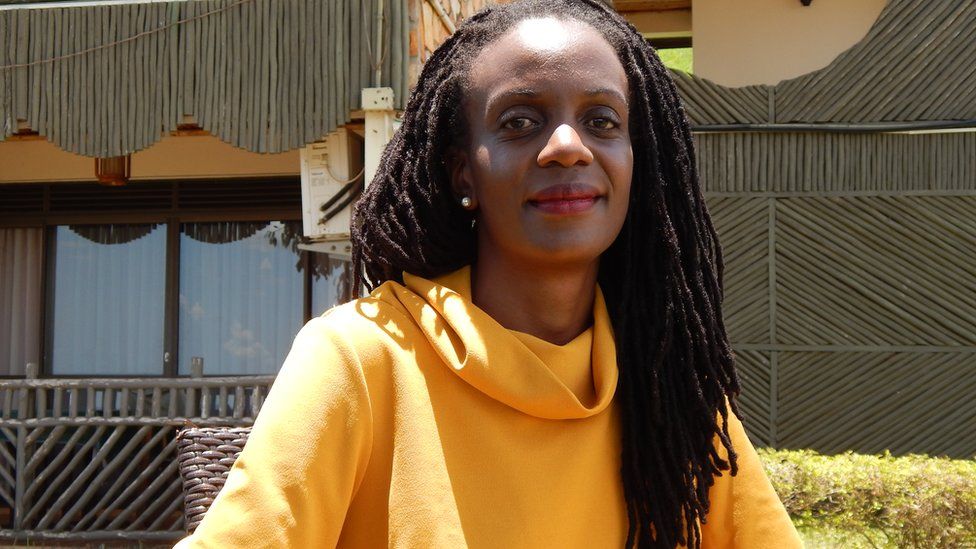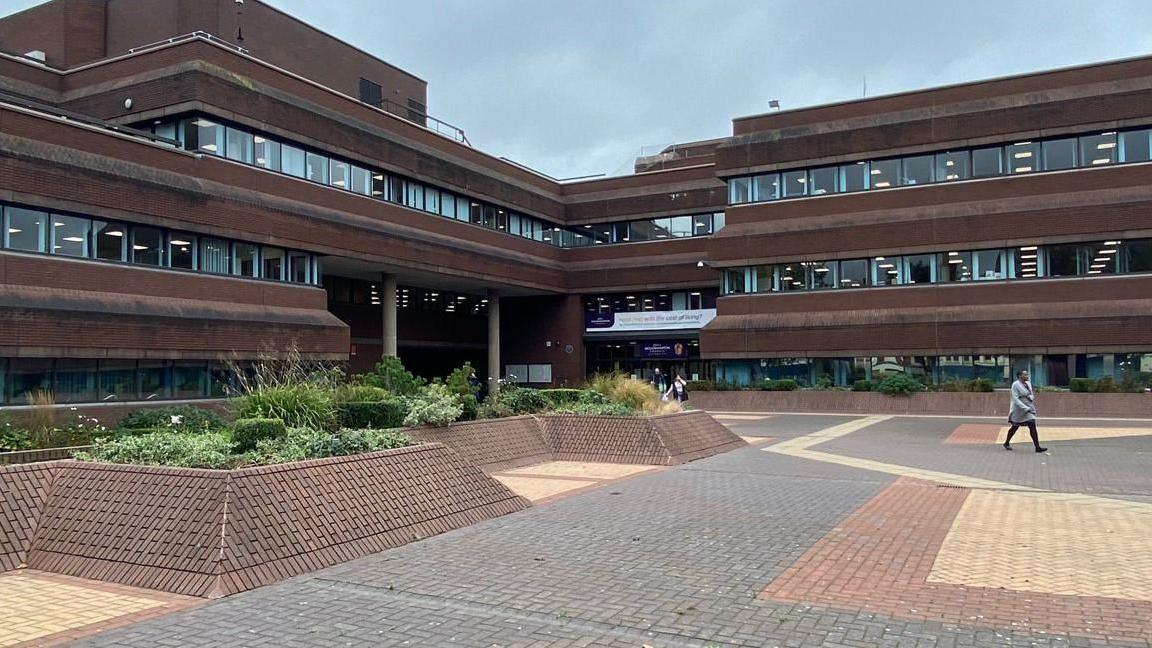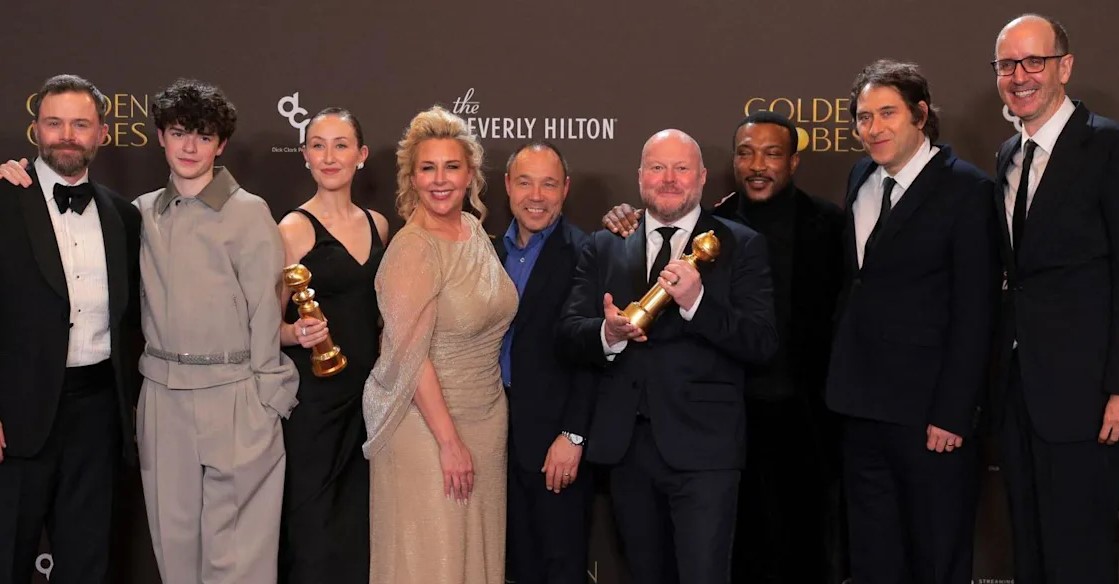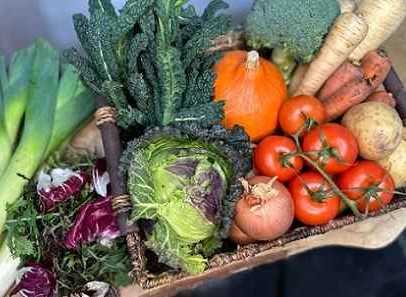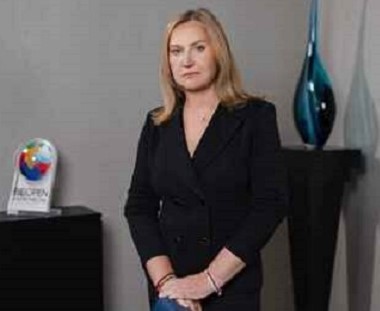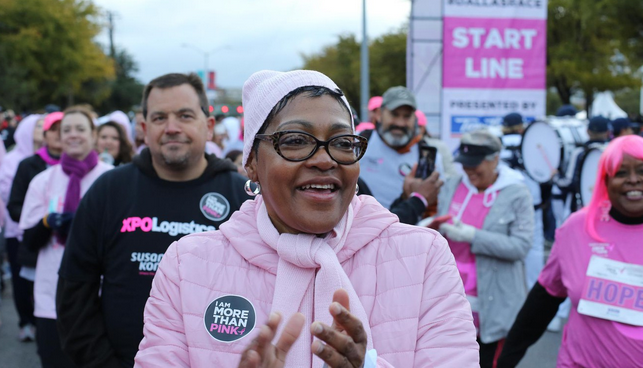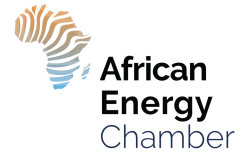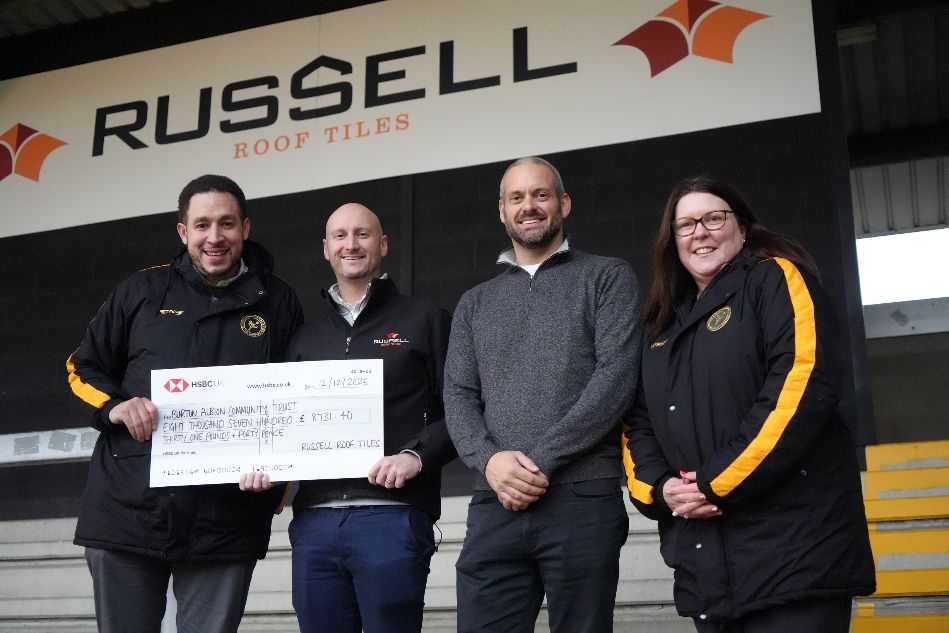As a keen badminton player Ugandan Catherine Nakalembe wanted to study sport science at university but a failure to get the required grades for a government grant set her on a path that led her to Nasa and winning a prestigious food research prize.
When Dr Nakalembe tried to explain to a Karamojong farmer in north-eastern Uganda how her work using images taken from satellites hundreds of kilometres above the Earth relates to his small plot, he laughed. While she uses the high-resolution images in her pioneering work to help farmers and governments make better decisions, she still needs to get on the ground to sharpen up the data. In other words, from space you cannot tell the difference between grass, maize and sorghum.
"Through a translator, I told the farmer that when I look at the data, I just see green. I had printed a picture, which I showed him. He was then able to understand that… you need to see the farm physically to make those distinctions," the academic said.
She is a woman with a radiant demeanour, and it is hard to picture her trekking for hours in the heat of semi-arid Karamoja, looking to tease out the granular distinctions that can only be spotted on the ground. This is especially important in farming areas dominated by small holders who may be planting different crops at different times, leading to a huge number of variables. That complexity makes it almost impossible for most authorities to monitor.
Dr Nakalembe, an assistant professor at the University of Maryland's geographical sciences department in the US, uses the satellite data to study agriculture and weather patterns. That information is combined with data gathered on the ground about the crops and their condition to build a model that learns to recognise patterns to help make predictions. It was this that won her the 2020 Africa Food Prize alongside Burkina Faso's Dr André Bationo for his work on fertiliser.
The scientist, who also heads the Africa section of Nasa's food and agriculture programme, explains: "From the air, you can see which area is built-up, bare, has vegetation or water.
"We are also able to tell what is cropland or what is forest. Because we have a 30-year record of what cropland looks like, we can tell what is healthy, what isn't or which part has improved."
Using information gathered on the ground by researchers or sent in by farmers themselves, she can then distinguish between crop types and create a map that shows whether the farms are thriving compared to the same crop elsewhere in that region. The model has been used in places like the US where mechanised farming takes place on an industrial scale.
The information can help inform decisions about when to irrigate or how much fertiliser should be used. But even a farmer in Uganda, or elsewhere on the continent, using just a hoe and working for long hours on their small plot will find this information valuable.
"Remote sensing makes it possible to monitor large swathes of land using freely available data. You can give a forecast; if you combine satellite estimates of rainfall and temperature, you can tell that it is going to rain in the next 10 days and farmers should prepare their fields. Or if there is no rain, they don't have to waste their seeds and can wait a few weeks," Dr Nakalembe says.
In much of the continent, where farms are often small fragmented plots far from sources of information, this data can be translated into local-language text messages, radio programmes or passed on through agricultural extension workers. It is also evidence that governments can use to plan for disaster response in case of crop failure or flash floods, and save communities from famine.
Early research by Dr Nakalembe enabled 84,000 people in Karamoja avoid the worst effects of a highly variable climate and a lack of rainfall.
"She worked with us in 2016, to develop tools that predict the incidence of drought," says Stella Sengendo, who works on disaster risk in the prime minister's office. "We use these to estimate the number of households that are likely to be affected by severe dry spells. We then developed a programme that extends funds to families, through the local government.
"Locals do public works and earn money during the dry season. They save 30% and use 70% for daily consumption," Ms Sengendo explains. The 5,500 Uganda shilling ($1.50, £1.12) a day is a lifeline for families in a region that has only one harvest season a year. And about 60% of these workers are women, who, studies have shown, suffer the worst effects of climate change.
Brought up in the capital, Kampala, by a mother who runs a restaurant and a father who is a mechanic, Dr Nakalembe never pictured herself working with satellites. She played badminton with her sisters and wanted to pursue sports science as a degree, but without the required grades to get a government grant, she turned to environmental science at Makerere University. Having never left Kampala except for the occasional family event, she applied to work with the Uganda Wildlife Authority to earn credits for her course.
"Mapping appealed to me. I went to Mount Elgon in the east. I still have pictures from my very first field work because it was really exciting," she says, beaming. The Nasa scientist, who now travels throughout Africa training government departments on how to develop food security programmes, went on to Johns Hopkins University for a masters in geography and environmental engineering.
She says: "I have always had the same personal statement: to gain knowledge and apply it back home.
"The PhD program at the University of Maryland allowed me to get into remote sensing, but most importantly, come and work in Uganda and around the continent."
The trailblazing researcher also mentors young black women to encourage them to get into environmental sciences.
"In the diaspora, I go to meetings and I am the only one who looks like this. It feels lonely when it is a new country or space. In East Africa, I meet a lot of people with whom we can share experiences and our struggles. I would like to see more black women in this group," says Dr Nakalembe, sounding determined. The news that she had won the 2020 Africa Food Prize this September came to her in a patchy phone call. She did not know that she had been nominated, and wondered why her colleagues insisted she kept her phone close.
When the call finally came, she was asked to hold for former Nigerian President Olusegun Obasanjo, who barely got through the congratulations before the line was disconnected.
"It was like going to the hospital for a headache and then being told you're having a baby.
"When I called my family, my sister thought I was being scammed. My mother said the same thing she always says whenever I achieve something: 'Webale kusoma' ('thank you for studying hard' in Luganda)," she says.
The euphoria from the win has clearly yet to wear off, judging by the big grin with which she talks about the prize.
"Imagine, I now have a Wikipedia page. When I introduce myself lately, I have to remember to say: 'I am also the 2020 Africa Food Prize Laureate'. And I've got my giant trophy which weighs about 5kg. So, I know I am not dreaming," she quips.



